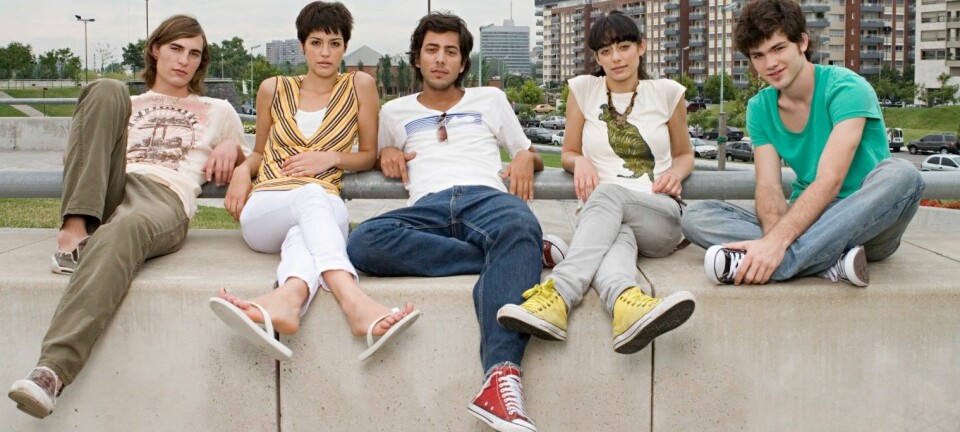
Racially mixed schools create more trust in immigrants
Children in racially mixed schools become colour-blind when it comes to trusting other people, new study suggests. This trust does not necessarily presuppose close friendships.
Experiences at school determine how much we trust people with skin colour that is different to our own. This trust does not necessarily require close friendships.
A new Danish study shows that children in racially mixed schools are more trustful of people with a skin colour different from their own than children in schools with no immigrant children are.
“In the racially mixed schools there were obviously more friendships across skin colour, but not a lot more than in the ‘white’ schools, where the pupils know immigrant children from outside of school,” says Christian Albrekt Larsen, a professor at the Department of Political Science at Aalborg University.
”Our explanation is that in the mixed environment, skin colour simply is no longer a criterion for drawing boundaries between ‘us and them’,” he says.
In the racially mixed schools there were obviously more friendships across skin colour, but not a lot more than in the ‘white’ schools, where the pupils know immigrant children from outside of school.
The study is published (in Danish only) in the journal Dansk Sociologi.
Concealed experiment
The researchers interviewed students aged 13-15 in six Danish secondary schools. They picked three schools with a high proportion of non-ethnic Danish children and three schools with very few students with a foreign background, where they picked out three classes that consisted exclusively of ethnic Danish students, i.e. students with ‘white’ parents.
”We couldn’t simply tell them ’We would like to check how much you trust non-ethnic Danes’, as that would ruin the experiment. Instead, we told them that we were conducting an experiment in economics,” says Larsen.
Gains depended on the fellow player
The researchers measured trust levels by asking each of the students to play a game for money with a person they did not know. Each student was told that they had 100 Danish kroner (DKK), equivalent to $18.50. They had the choice between keeping all the money for themselves or giving it to their fellow player. If the students gave the money to their fellow player, the researchers tripled the amount, while the fellow player was left free to decide how much of the money he or she would give back to the ‘giver’.
in the mixed environment, skin colour simply is no longer a criterion for drawing boundaries between ‘us and them’.
Next, the students played two games:
One against an ethnically Danish man named John and one against a Danish man with an immigrant background, called Prashanth. The researchers then deducted the amount the players gave to Prashanth from the amount they gave to John. The difference acted as a measure of the players’ trust.
Prashanth got the most money in the racially mixed schools
The experiment revealed that while both groups of students had a lot of trust in other people in general, the students at the ‘white’ schools were less trustful of coloured people than students at the racially mixed schools. This also applied to students who in the questionnaire expressed positive attitudes towards immigrants and the effect that immigration has on Danish society.
At the ‘white’ schools, John got an average of 49.70 DKK out of the fictional 100 DKK. The students at the mixed schools game John almost the same amount, 51.60 DKK. Prashanth received, on average, 47.6 DKK at the ‘white’ schools, while the mixed schools gave him 56.4 DKK. In other words, there was a difference in trust of 9 DKK.
Friendships made no difference
The researchers designed the experiment based on the hypothesis that close friendships are required in order to break down our subconscious perception of people with a skin colour different to our own.
However, the questionnaires and the game experiments revealed that the racially mixed schools did not have significantly many more ‘white’ students who had close friends with another ethnic background than Danish. Nevertheless, they were more trustful of non-ethnic Danes – even despite the fact that the students at the mixed schools had experienced more conflicts with non-ethnic Danes.
--------------------
Read the Danish version of this article at videnskab.dk








